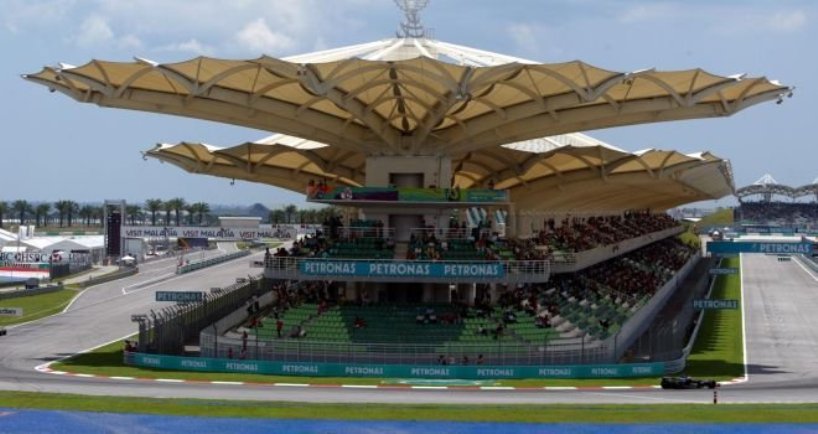
Malaysia will discontinue its Formula One Grand Prix race after 2018 due to falling revenues, a government minister said Monday, waving the checkered flag on one of Asia’s longest-running F1 races.
The economic problems besetting the sport are taking too much of a toll and Malaysia will not renew after its current contract expires in two years, Tourism and Culture Minister Nazri Aziz told local media.
The race’s future had been up in the air after officials said last month they were reassessing their commitment to the event amid ebbing television viewership and anaemic ticket sales.
“We spend 300 million ringgit ($67 million) per year but are not getting 300 million back,” Nazri told state-run Bernama news agency.
“There are no returns on the F1 Grand Prix.”
He noted that attendance had declined despite the high cost of staging the race, which has been held at the Sepang circuit near Kuala Lumpur since 1999.
“I think the people have lost interest,” he said.
The race has faced intensifying competition, particularly from the glittering night grand prix in neighbouring Singapore, just as energy-exporting Malaysia has seen its government revenues sapped by weak world oil prices and slowing economic growth.
Formula One races are often run at a loss but they are attractive to many cities because of their prestige and exposure to global audiences.
– Dwindling returns –
Malaysian officials have said Sepang, which can accommodate 120,000 fans, drew just 45,000 to last month’s grand prix, and added that race-day TV ratings were also poor.
In comments on Twitter last month, Sports Minister Khairy Jamaluddin stressed the competition from other events outside of Malaysia.
“F1 ticket sales declining, TV viewership down. Foreign visitors down b/c (because) can choose Singapore, China, Middle East. Returns are not as big,” he said.
Official figures show Formula One has shed 200 million TV viewers globally since 2008.
In September, US firm Liberty Media announced a takeover of F1, including a new chairman and plans for greater penetration in the United States to try and right the ship.
The Sepang race, known for its tropical downpours and sauna-like conditions, is Asia’s second-oldest next to the Japanese Grand Prix, which dates back to 1976.
But Singapore, which hosted the first F1 race under floodlights in 2008, quickly outstripped Sepang in terms of spectators.
Sepang, located in vast oil palm fields one hour’s drive from central Kuala Lumpur, has also failed to match the lively entertainment and concerts at Singapore’s downtown race, officials have said.
This year’s Singapore race saw an average of 73,000 spectators attend for each of the three days of the race weekend.
State oil firm Petronas, the race’s title sponsor which also backs the championship-leading Mercedes team, has been particularly hard hit by the oil price slump.
Malaysian politics are also in a volatile phase as Prime Minister Najib Razak spars with former premier Mahathir Mohamad, who is calling for Najib’s ouster over a money-laundering scandal.
Mahathir’s son recently quit as the Sepang circuit’s chairman.
By contrast, Malaysia’s MotoGP at Sepang is consistently popular and this year’s race was sold out.
Sepang agreed last month to extend the MotoGP until at least 2021. – Agence France-Presse
































